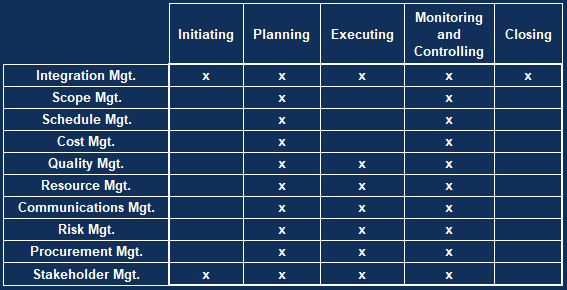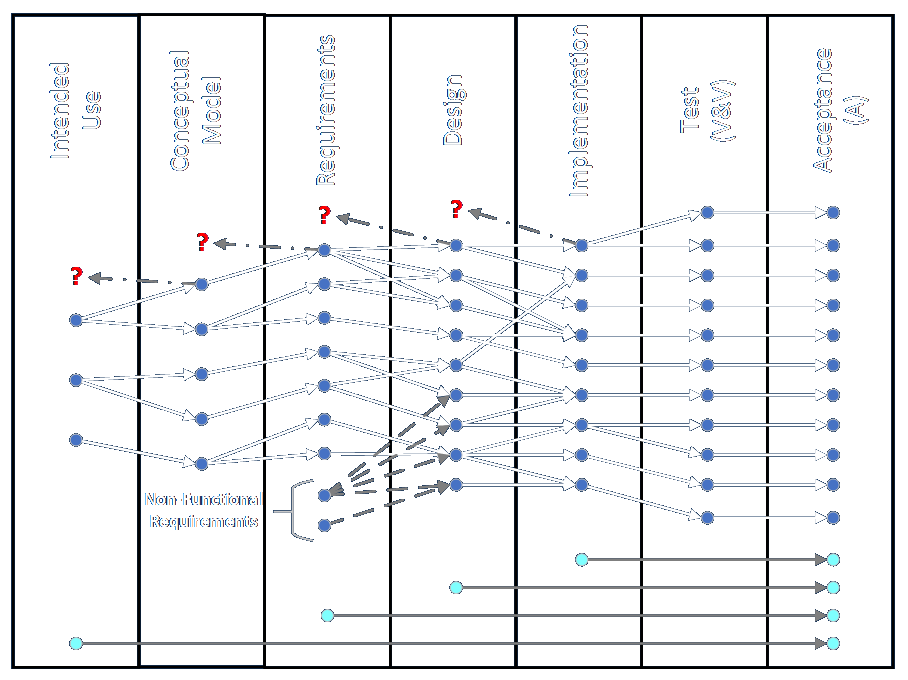There are many different definitions on what it means to be an entrepreneur, but to me the one that is most salient has to do with operating under conditions of uncertainty. That is, the entrepreneurial function involves offering new products to consumers and seeing whether consumers will buy them.
Let’s pull this definition apart. We’ll start with the definition of “new.” New could refer to an entirely new category of product (home computers in the late-70s and early-80s), class of product within a category (candy bar form factor smartphones in the mobile phone space in 2007), major feature of a product (anti-lock brakes on cars), minor characteristic of a product (striped, multi-flavor Hershey Kisses), new providers of existing products (especially fungible products with minimal differentiation), new locations where products become available (mobile phones in Africa, often bypassing the need to ever build out a wired network), or new materials for existing products (replacing metal components with carbon fiber ones).
Different forms of “newness” come with different forms of uncertainty. The process for doing market research to determine whether and where to place a new location in a chain (Walgreens or McDonalds) is fairly standard and accurate. It considers population, demographics, existing coverage, the state of the economy, and so on. The process of determining demand for something entirely new (satellite communications) is far more open ended and uncertain. How much traffic do previous satellite communication networks (Iridium) actually carry (there are niche uses like for DeLorme GPS devices with limited messaging features), and which will be the first to really take off?
It also generally requires a certain amount of creativity and insight. The examples above all required a certain amount of lateral and imaginative thinking. Interestingly, customers are not always able to identify their own needs. They can and do, however, recognize a good idea when they see one. Henry Ford is said to have quipped that if he had asked customers what they wanted, they’d have asked for a better horse.
It is important to note that products do not succeed in the marketplace solely on the basis of their qualities and potential utility. The price at which they are offered is a crucial consideration as well. It may be possible to produce some products long before they actually become available — at some (probably exorbitant) cost — but it generally makes no sense to do so. Few people would be able to afford the product (the process of early adoption on the basis of wealth, adventurousness, and technical knowledge is well understood), it may be brittle and unreliable, and the cost-benefit calculation may not make sense.
Austrian economics (the economic school I believes comes closest to being “right”) describes the economy as a giant, ongoing, competitive (and cooperative) discovery and simultaneous auction process. People and organizations have unlimited desires but have limited resources. (Per Thomas Sowell, “The first law of economics is scarcity. The first law of politics is to ignore the first law of economics.”) As such, they must choose which products and services they acquire based on which they believe will address their most pressing needs and desires on the margin. This applies not only to consumer products but also to resources needed to produce other products. The price system is the means by which society as a whole coordinates these activities by allowing people to value different resources and perform profit-and-loss calculations that determine which activities make sense and which do not.
A secondary consideration of entrepreneurs is how to arrange resources to provide the goods and services they offer. A wide range of skills and analyses can be brought to bear on this problem, but when writing about entrepreneurial activities from an economic standpoint the details are somewhat beside the point. Like I noted with respect to Agile considerations yesterday, I will assert that the discussion of the details and techniques associated with improving quality and efficiency are important, but aren’t strictly about the entrepreneurial function, which is more about the decision to apply that effort than the nature of the effort itself.
A further observation people make is the difference between being an entrepreneur and merely making oneself a job. In a job you simply do the same thing over and over without applying a huge amount of creativity and judgment, and you may also do what you are asked to be others. Even if you run your own business, if it offers an undifferentiated good or service in an existing industry and you aren’t continually trying to try new things and find new customers in create ways, you have a job and are not truly an entrepreneur. If, by contrast, you are always trying to figure out how to do more and different things in novel ways, you are functioning as an entrepreneur even if you don’t run your own company. (If you are someone else’s employee, however, you may be limited in how much you get to apply your creativity and independent judgment.)
As I see it, entrepreneurial actions can be driven by several factors. One is that they identify a need, whether of individuals or groups of people, and they try to find ways to address that need. During a class called Analysis, Synthesis, and Evaluation in my junior year in college, for example, the professor told us about an individual who watched poor people in Africa wash their clothes by hand by dipping them in a local stream and wringing them out on a rock. That person reasoned that a small, plastic agitator could make the process of washing clothes a lot easier for people in those conditions. Another is that entrepreneurs may become aware of (or invent!) some new technology or methodology that improves efficiency or makes something possible that previously had not been. One of the interviews I had while looking for my first engineering job was with a company called Copeland Compliant Scrolls. The idea of a making an air compressor using a scroll design had been around for a while, but Copeland was either the first or one of the first companies that figured out how to manufacture them with tolerances tight enough to make them practical. Another driver is that conditions change that make certain activities economically feasible where they previously had not been. This can be driven by changes in prices or income driven by other factors, improved organization, increased demand, or other effects. Another potential driver is that some competitive or regulatory pressures may come to bear in ways that harm an entrepreneur’s business. The entrepreneur then has to respond by changing or improving in some way or face loss of profits at best or going out of business entirely at worst. People often figure things out that surprise them, simply because they have to.
So the process of being an entrepreneur comes down to repeatedly asking the following questions, and probably others, in any order appropriate to the situation. (A cool diagram can probably be made from this idea. Feel free to give it a shot and tell me what you come up with.)
- How can I help someone? Will this help someone? Who might this help?
- Can this be done?
- Can I use this new idea in a different and useful way?
- Can this actually be sold? Can the benefits be effectively communicated?
- Can I make this better or do this better?
- Is this effort profitable (and hence sustainable)?
- Is some external pressure driving a need to change?

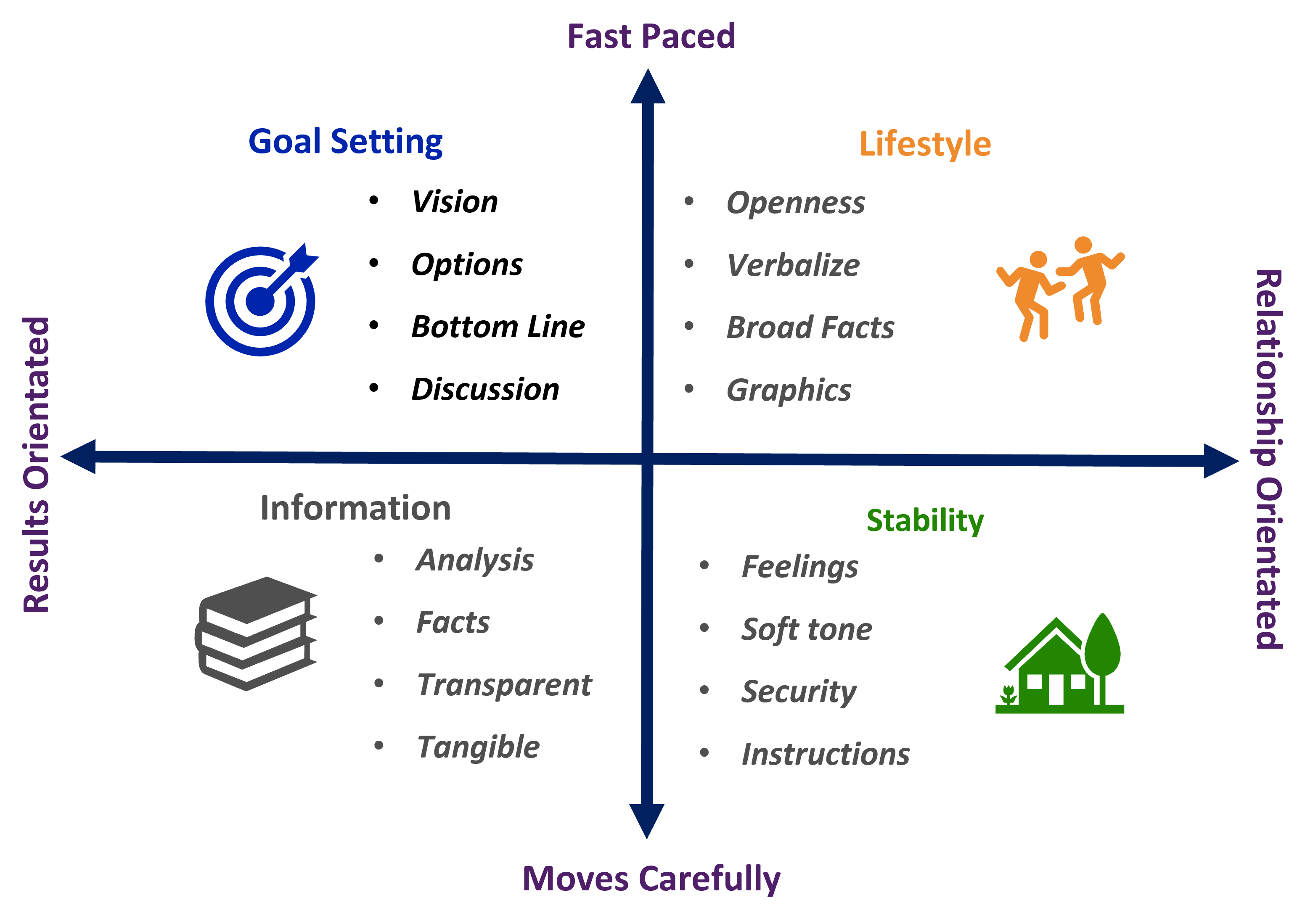
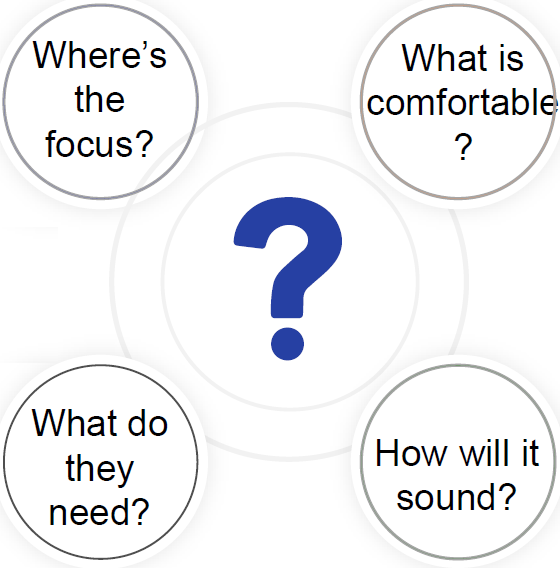

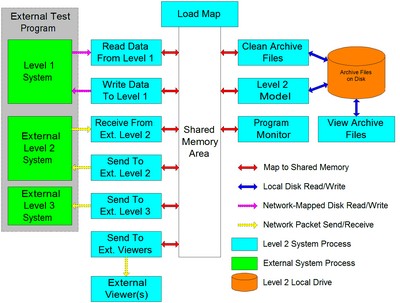
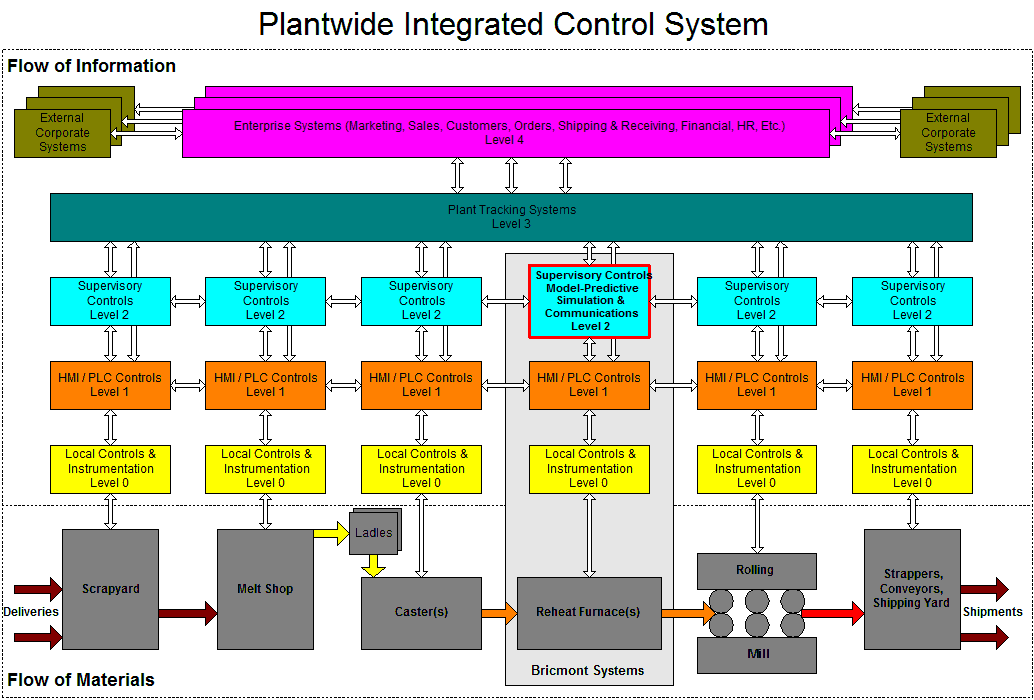
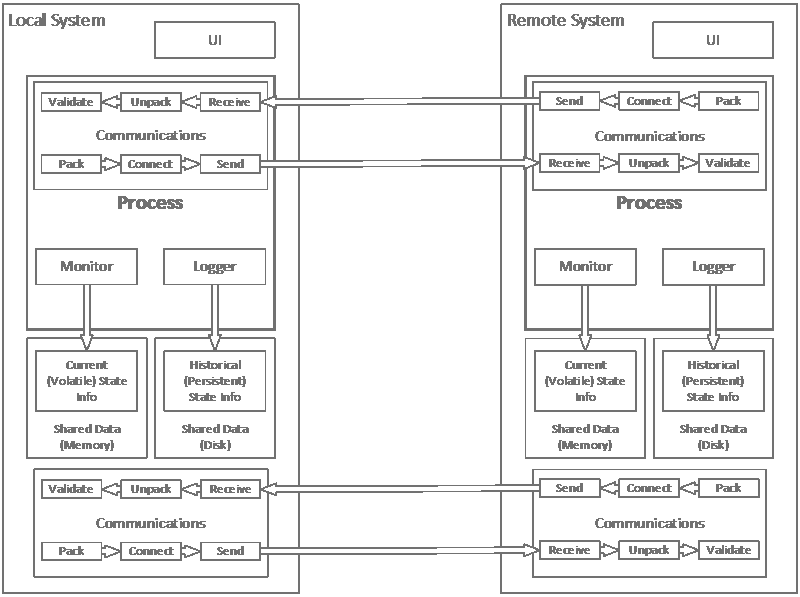

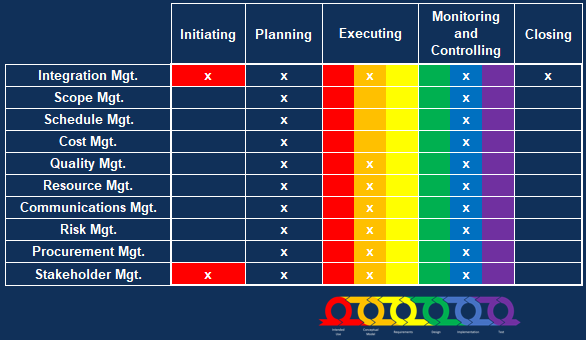
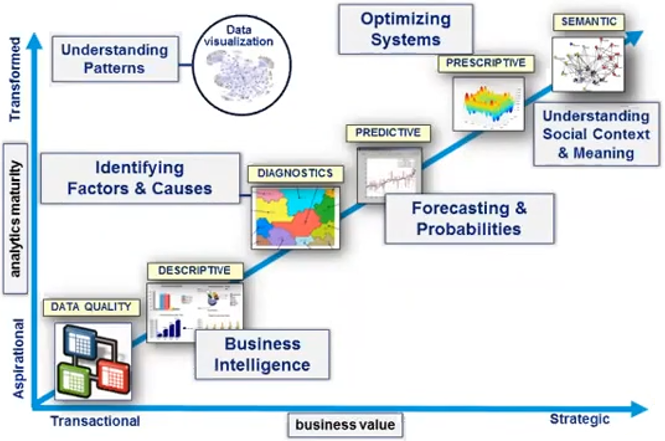
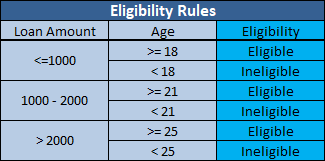
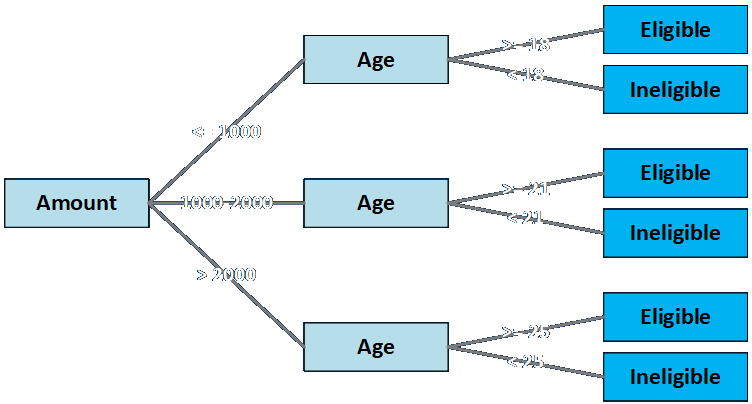
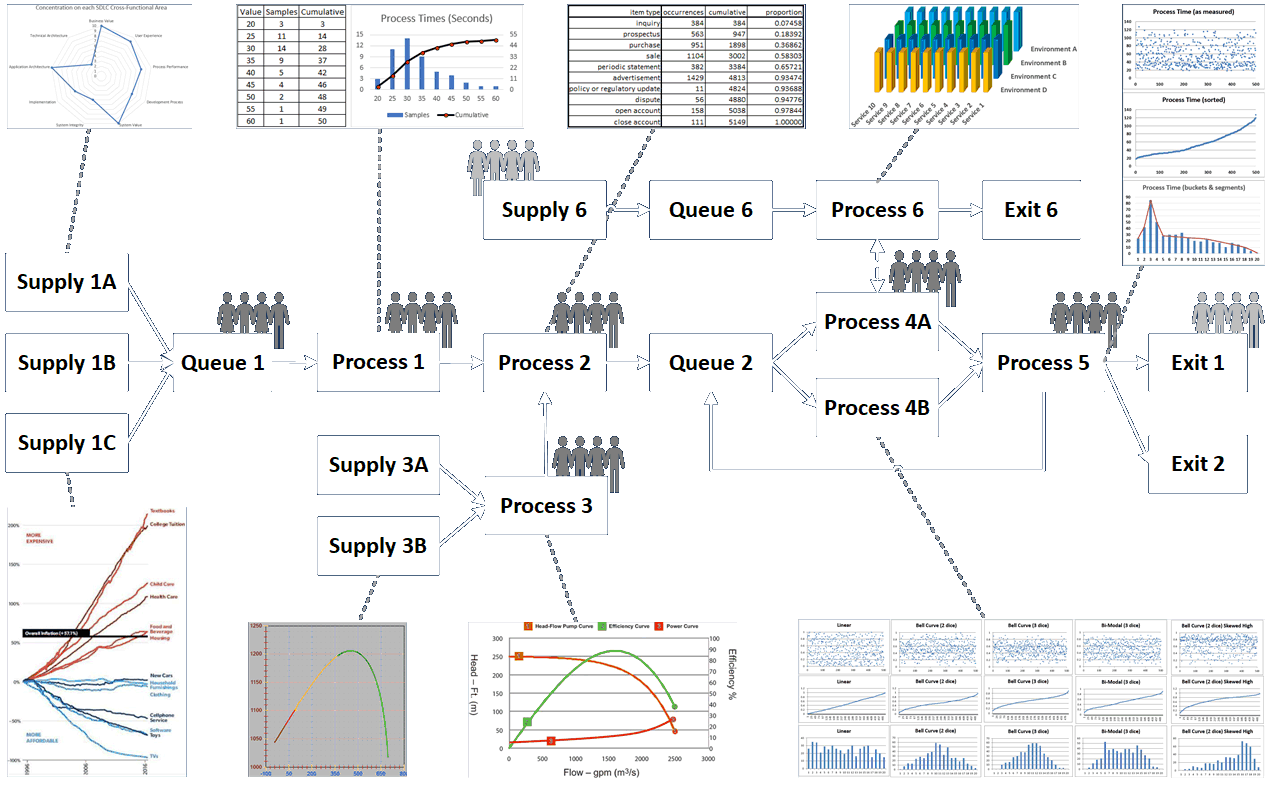

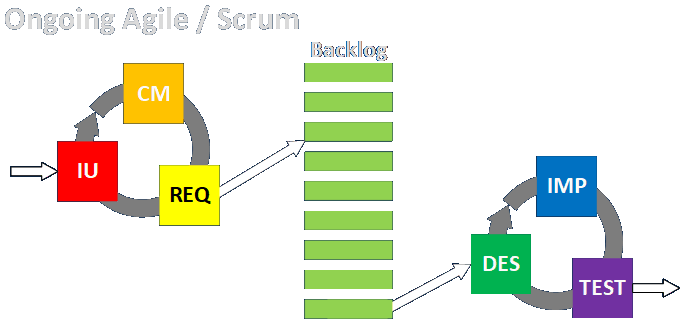




 Intended Use
Intended Use Conceptual Model (As-Is State)
Conceptual Model (As-Is State) Data Sources, Collection, and Conditioning
Data Sources, Collection, and Conditioning Requirements (To-Be State: Abstract)
Requirements (To-Be State: Abstract) Design (To-Be State: Detailed)
Design (To-Be State: Detailed) Implementation
Implementation Test
Test Operation and Maintenance
Operation and Maintenance End-of-Life and Replacement
End-of-Life and Replacement